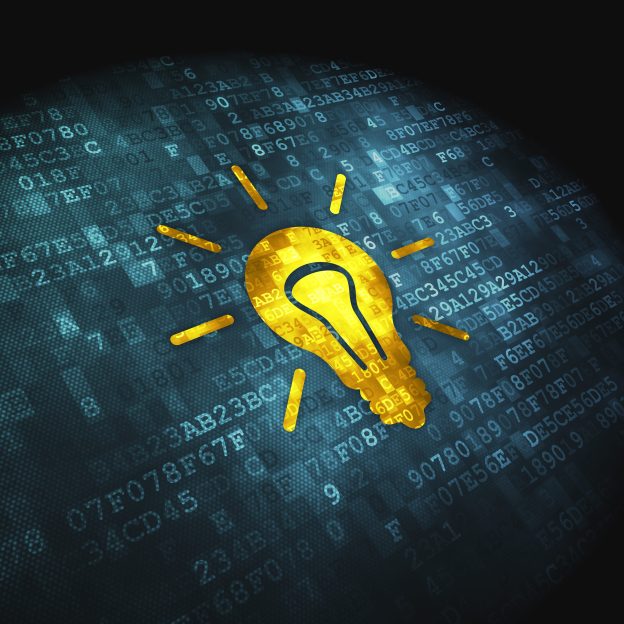 |
Sunverge Energy, a provider of intelligent energy storage systems for residences and small businesses, announced the immediate availability of an AC-coupled model of its industry-leading energy storage product. Offered to renewable energy installers and electric utility partners, this alternative method for connecting to rooftop solar systems provides superior backup power and easier installation than competing energy storage systems.
The AC-coupled version of the company's flagship Solar Integration System (SIS) offers all the quality, reliability and safety of the original DC-coupled model, but with the flexibility of easy attachment to new or existing PV systems. Leaving the existing PV system and inverter in place, the Sunverge AC-coupled SIS provides both storage and control.
AC coupling allows DC power from rooftop PVs to flow first through a grid-tied inverter to critical AC loads that are always "on," powering them before delivering excess energy to charge the SIS storage unit. In the case of a grid outage, both the PV array and battery storage are available to power the critical loads directly. AC-coupled systems also efficiently export a customer's excess solar energy to the grid and, like DC-coupled systems, allow utilities to integrate that storage with units at other locations, creating a "virtual power plant" that can supply other grid customers.
"While some competitors are making promises about future AC-coupled systems, Sunverge is delivering a proven system today that meets the highest safety standards," said Ken Munson, Sunverge CEO. "Our AC-coupled SIS is a high-quality solution for installers and electric utilities that want to take advantage of the flexibility of installation and system design it offers."
Like all SIS units, Sunverge's AC-coupled SIS includes Sunverge's proprietary virtual power plant software, a cloud-based platform that helps owners make the most efficient use of their storage and rooftop solar system and gives utilities unparalleled ability to monitor and manage a fleet of Distributed Energy Resources (DERs). For utilities, the built-in intelligence also offers an array of advanced grid applications that provide:
- Automatic voltage support for mid- and low- voltage feeders experiencing solar backflows, to help meet voltage threshold requirements from ISOs/RTPs and to dispatch or absorb power according to pre-set voltage thresholds.
- Peak reduction through demand control at the customer's site and power export to other homes on same feeder or transformer.
- Load management through mitigation of PV backflow, the ability to charge from the grid using excess power from external PV systems on same feeder, dispatching power during end-of-day solar ramp-down and shaped response to conform to seasonal variance.
- Reducing demand via operator signal or activating SIS units during demand response events.
"The intelligence we build into all of our systems gives operators enormous advantages when it comes to integrating renewables into the grid and managing the complexities that come with growing DER installations," Munson said.







